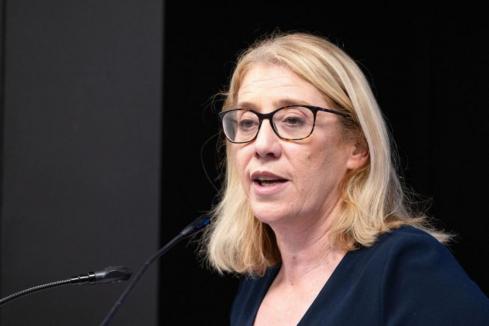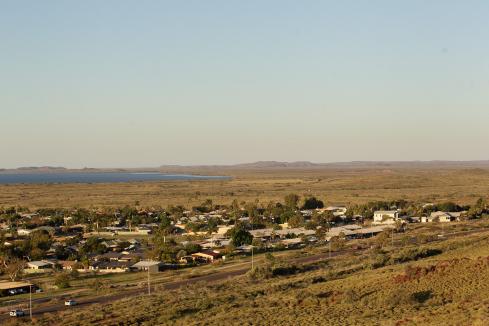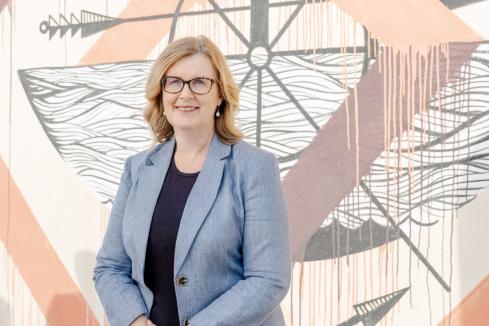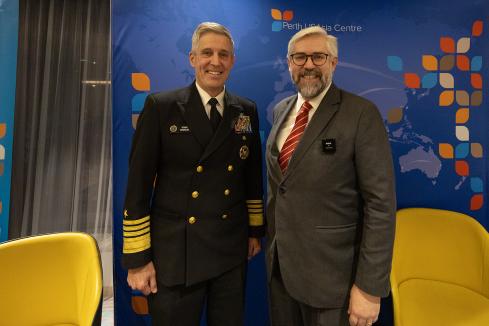The state government’s decision to give top priority to the construction of the Forrestfield-airport rail link is bold, strategic and expensive. To be operating by 2020, the move is also political.

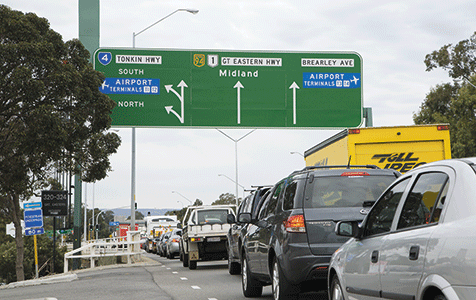
The state government’s decision to give top priority to the construction of the Forrestfield-airport rail link is bold, strategic and expensive. To be operating by 2020, the move is also political.
And while Premier Colin Barnett says asset sales will be used to meet the bulk of the predicted $2.2 billion cost, he must be ruing his luck that he can’t emulate the spectacular 1998 sale of the Dampier-to-Bunbury natural gas pipeline to help pay the bills.
Running the line in twin tunnels from the Bayswater station under the Swan River and airport to Forrestfield is a forward-looking decision.
Former transport minister Troy Buswell floated the tunnel possibility almost as an afterthought when he announced late last year that priority would be given to the airport link.
Confirming the tunnel decision will be a welcome relief for property owners who would have been affected by an above-ground line. They will also get a useful boost to property values, and interruption to traffic in that busy corridor will be contained.
The government was obviously influenced by the need to tunnel under the airport. And once the tunnelling equipment is in place, the prospect of keeping going just becomes more attractive.
The move is also strategic. The existing transport link with the airport is sub-standard, and a poor entry statement for a wealthy city like Perth. The road link will be much improved when the current, extensive upgrading is completed.
But the rail line will not only meet the needs of passengers. Short of a major miscalculation they, plus the rapidly growing numbers employed on airport land, will find the new line too good to ignore, as illustrated by the rapid growth in suburban rail patronage.
However the cost could be a time bomb for the government in general, and Mr Buswell’s successor in the transport portfolio, Dean Nalder, in particular.
The project had a $1.9 billion price tag on it for the state election just 17 months ago. And Mr Nalder conceded the latest $2.2 billion cost of an all-tunnel project, plus the underground stations, was an estimate. So don’t be surprised if costs head north.
Obviously the price tag will come under close scrutiny to prevent a repetition of the Perth Arena blowout, which started under the previous Labor government.
Inevitably the move to push ahead with the Forrestfield line has a political component. One person particularly delighted is the first-term state MP for Forrestfield, Nathan Morton. That the line is coming into his electorate is a real coup, and will be very useful politically when the 2017 election comes round. He is the first Liberal member to hold the seat in years, and will face a real battle to retain it with his slim 2.1 per cent margin.
The route is part of a longer-term plan to eventually link up with the existing Thornlie station and loop south to Cockburn Central. But that could be more than 20 years away.
It’s clear the government recognises the political danger of losing control of the project’s costs, with Mr Barnett having floated the idea of selling government land, including some old hospital sites, several power stations and selected port facilities. The sale – or leasing out – of the TAB also starts to look more attractive, especially as the pressure increases to contain the escalating state debt.
Sadly for the government there appears to be no successor to the Dampier-to-Bunbury gas pipeline – completed by the Burke Labor government exactly 30 years ago – which helped save former Liberal premier Richard Court’s financial bacon in 1998.
Mr Court’s father, Sir Charles, initiated the building of the pipeline in the early 1980s. It was linked with an ambitious ‘take or pay’ contract signed by the State Energy Commission with the North West Shelf partners, which came under strong criticism, especially from federal Labor’s financial hard man at the time, Peter Walsh. He said the contract had placed the SEC in a “precarious financial position”.
Fortunately significant financial surgery led to a total recovery in its financial fortunes, and demand for gas rocketed. In fact Richard Court’s decision to sell the pipeline for the surprisingly good price of $2.4 billion had a chain reaction. From the proceeds, $1.8 billion was used to reduce state debt (to $4.8 billion), $110 million was earmarked for the new Perth Convention and Exhibition Centre, $100 million for school computers, and $10 million for a community sports fund.
When Mr Court spoke at the recent function to mark the pipeline’s anniversary, he noted: “The old boy built it and I sold it.”
The Forrestfield line will undoubtedly be important infrastructure. But Mr Barnett and Mr Nalder would give anything to be able to emulate the pipeline sale to help pay the bills. Whichever way you look at it, they can’t afford a cost blowout.








